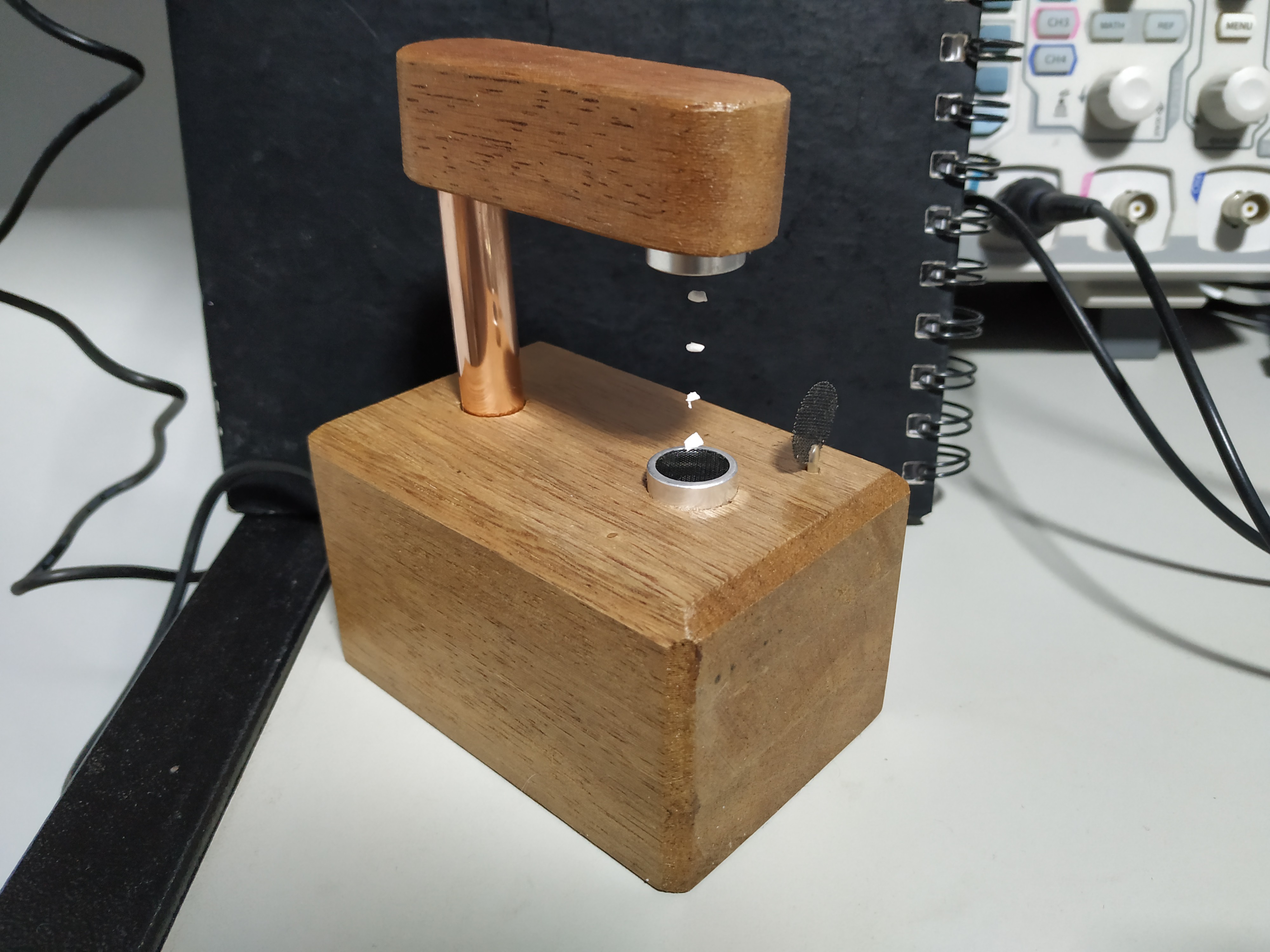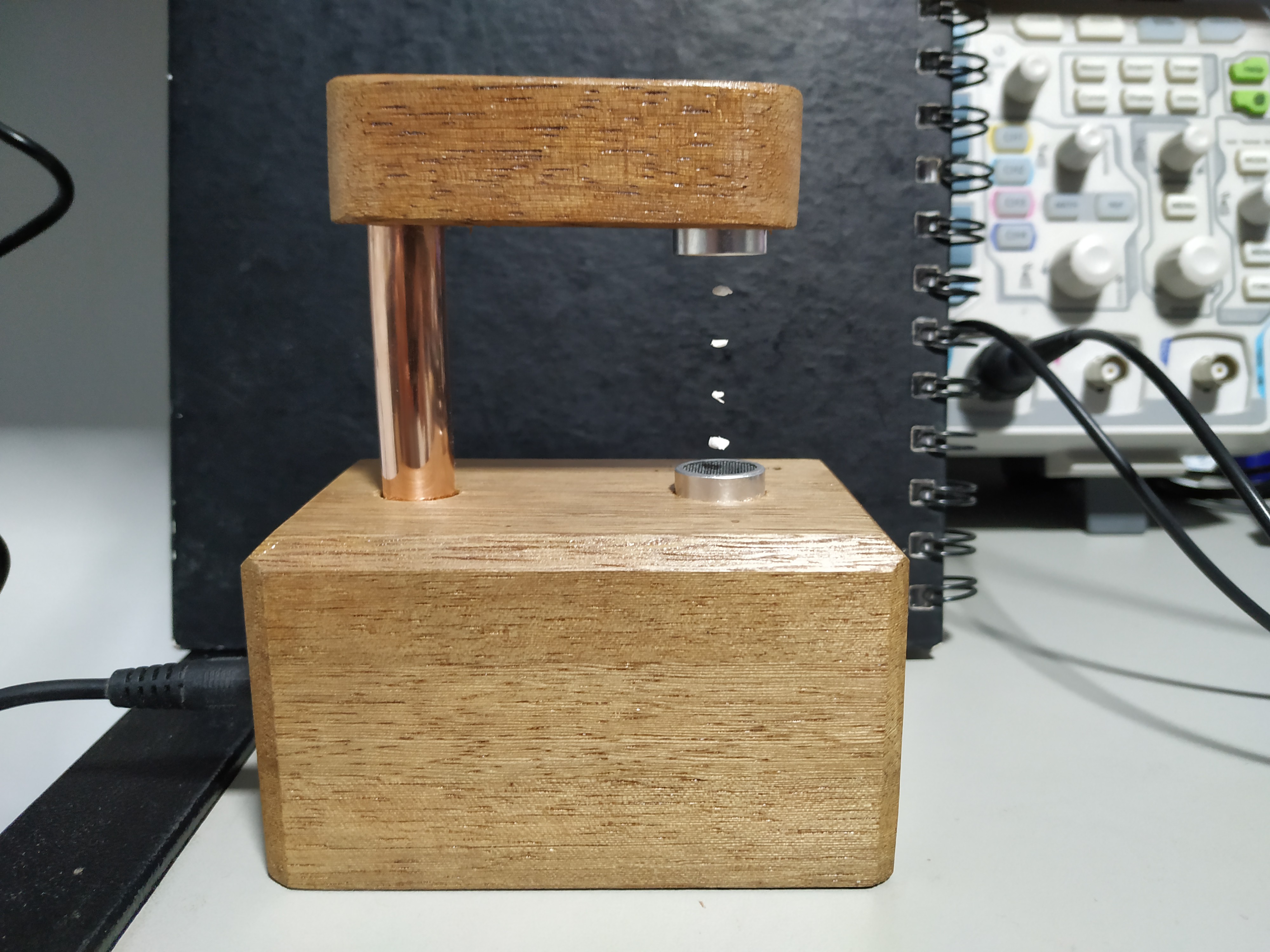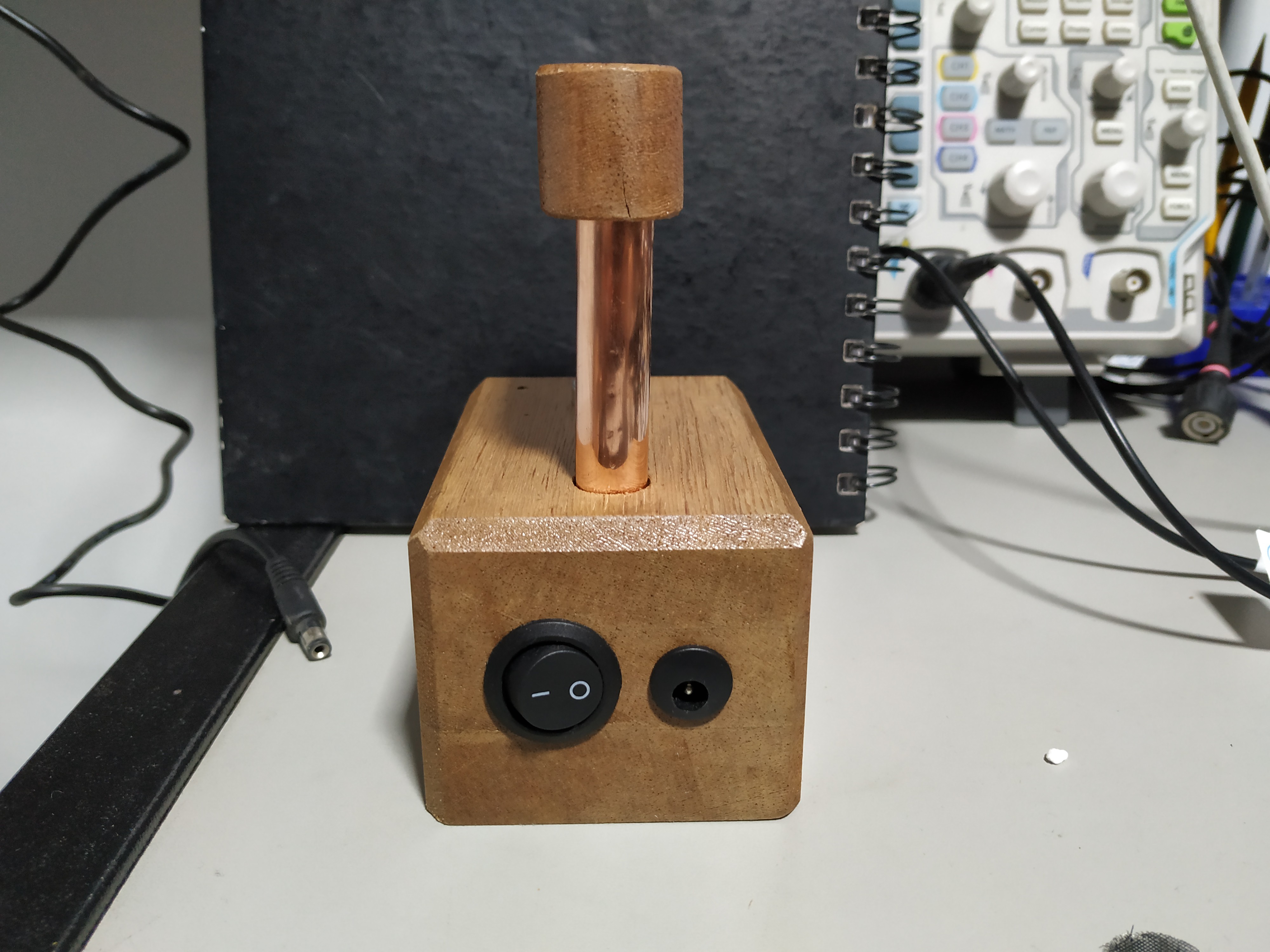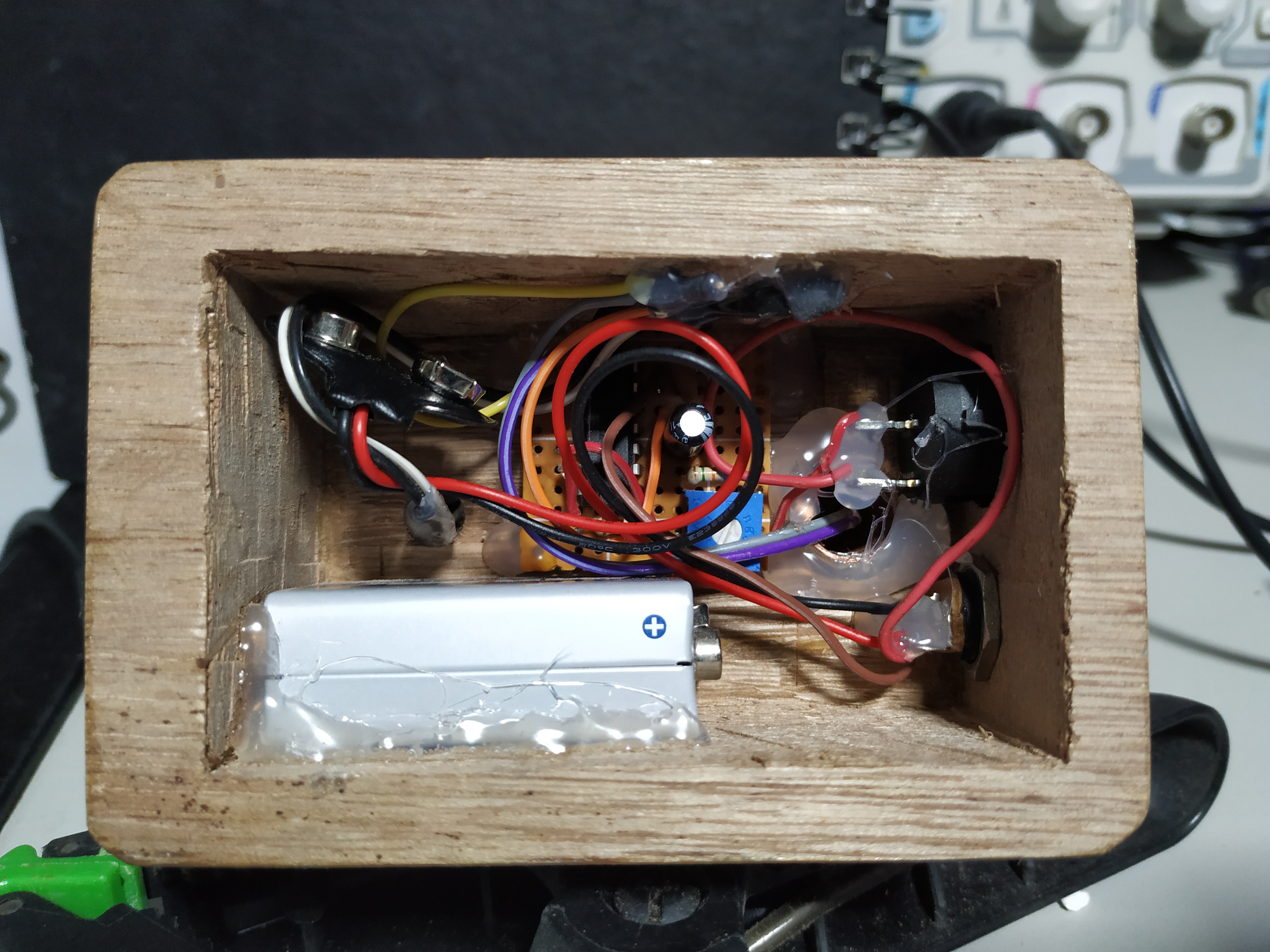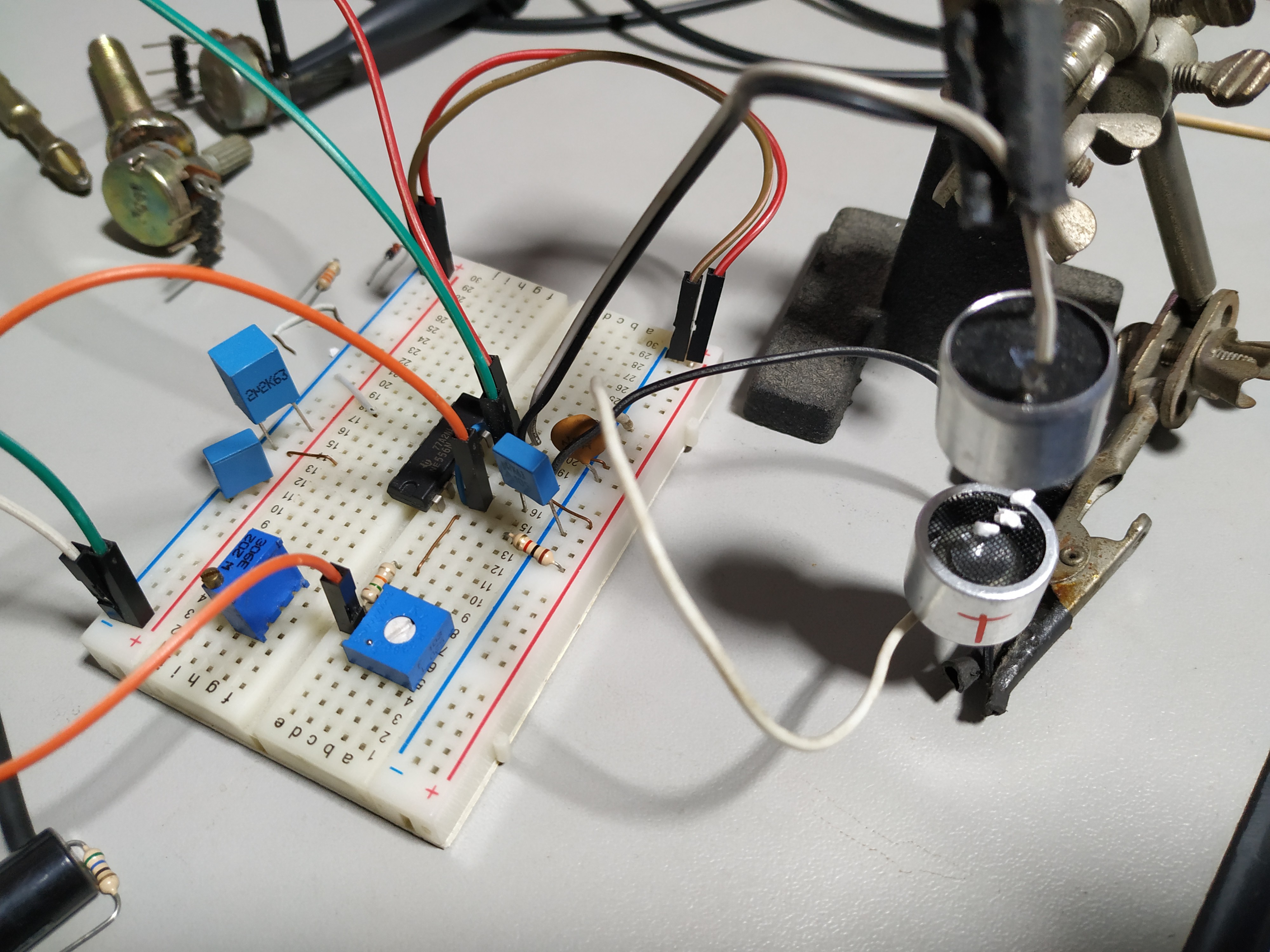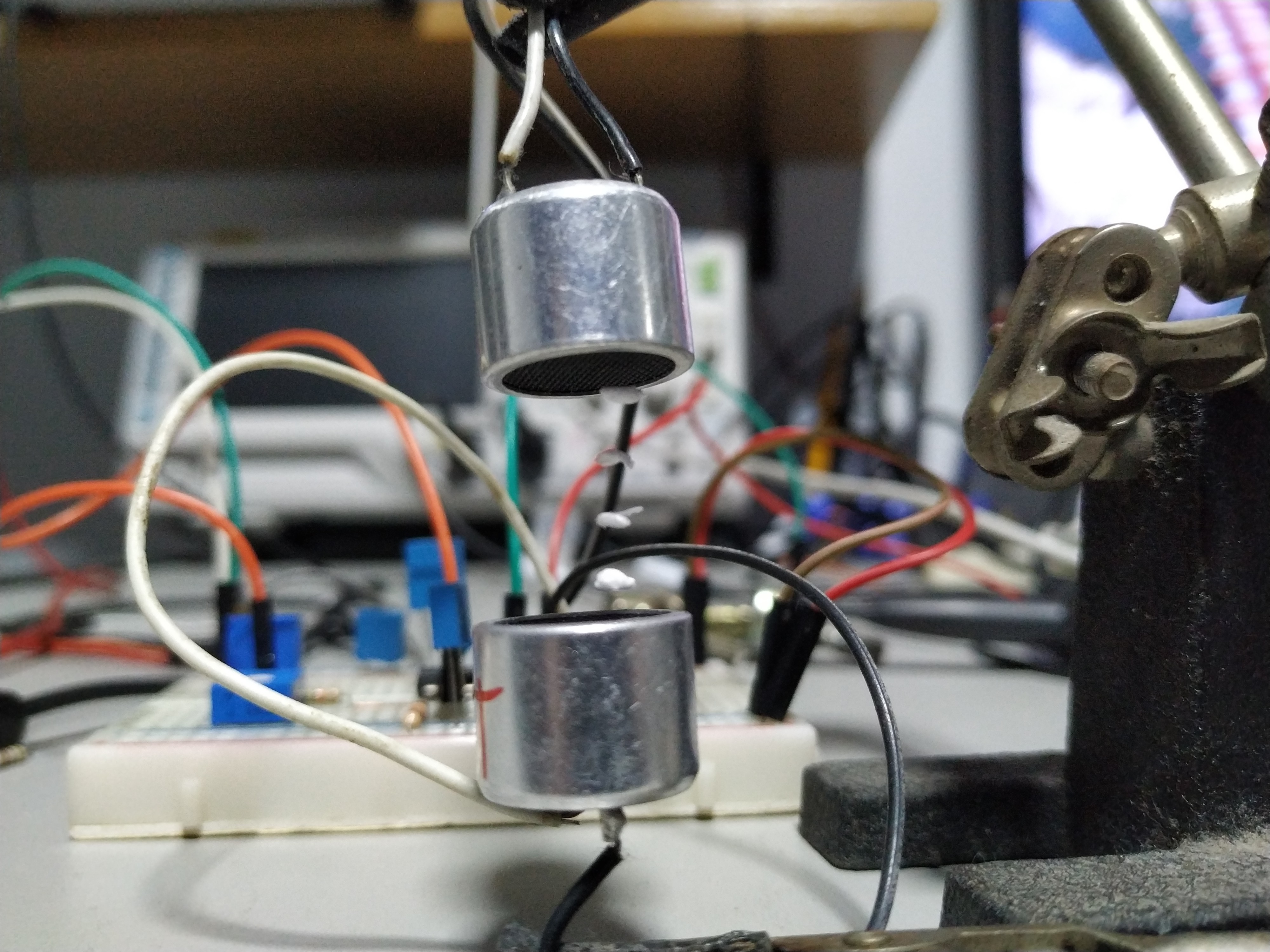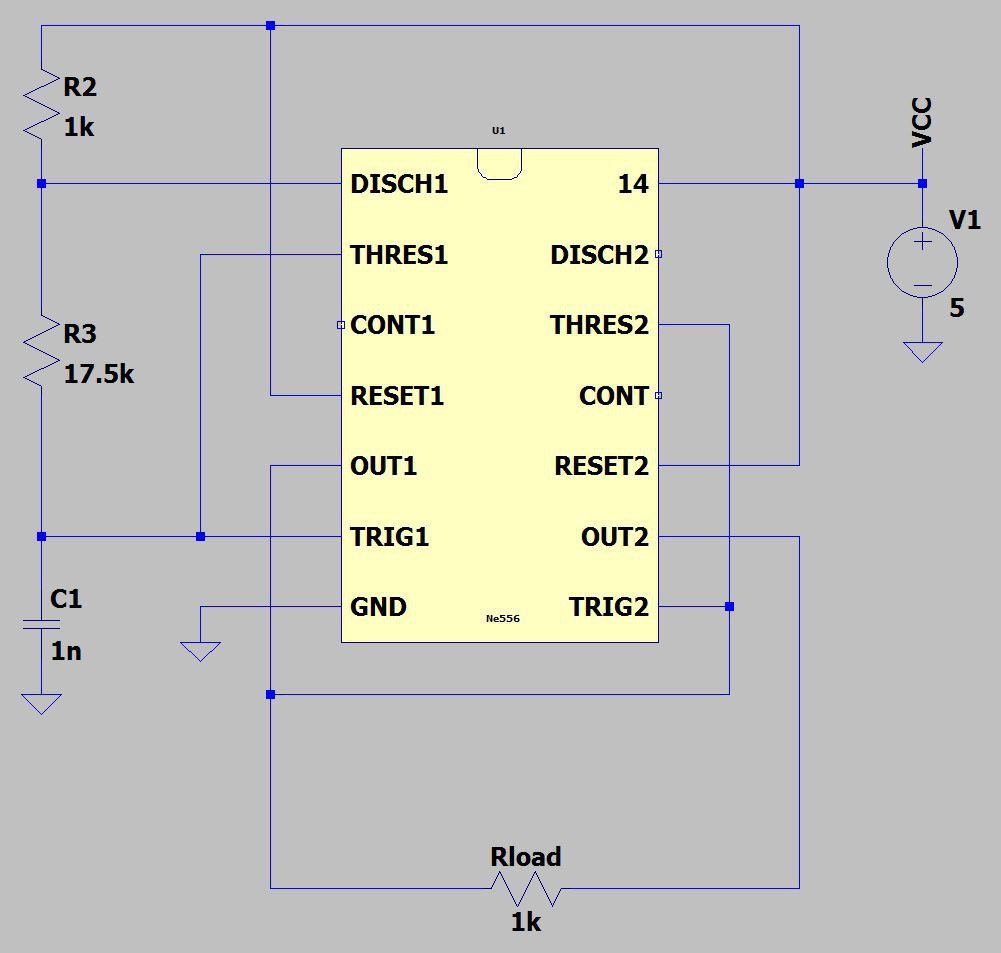Back in 2018, this post challenged to recreate the ultrasonic levitator with the 555: https://hackaday.com/2018/04/23/the-simplest-possible-diy-ultrasonic-levitator/
I did build a prototype, but never documented anything and I only have a single photo, dated April 2018.
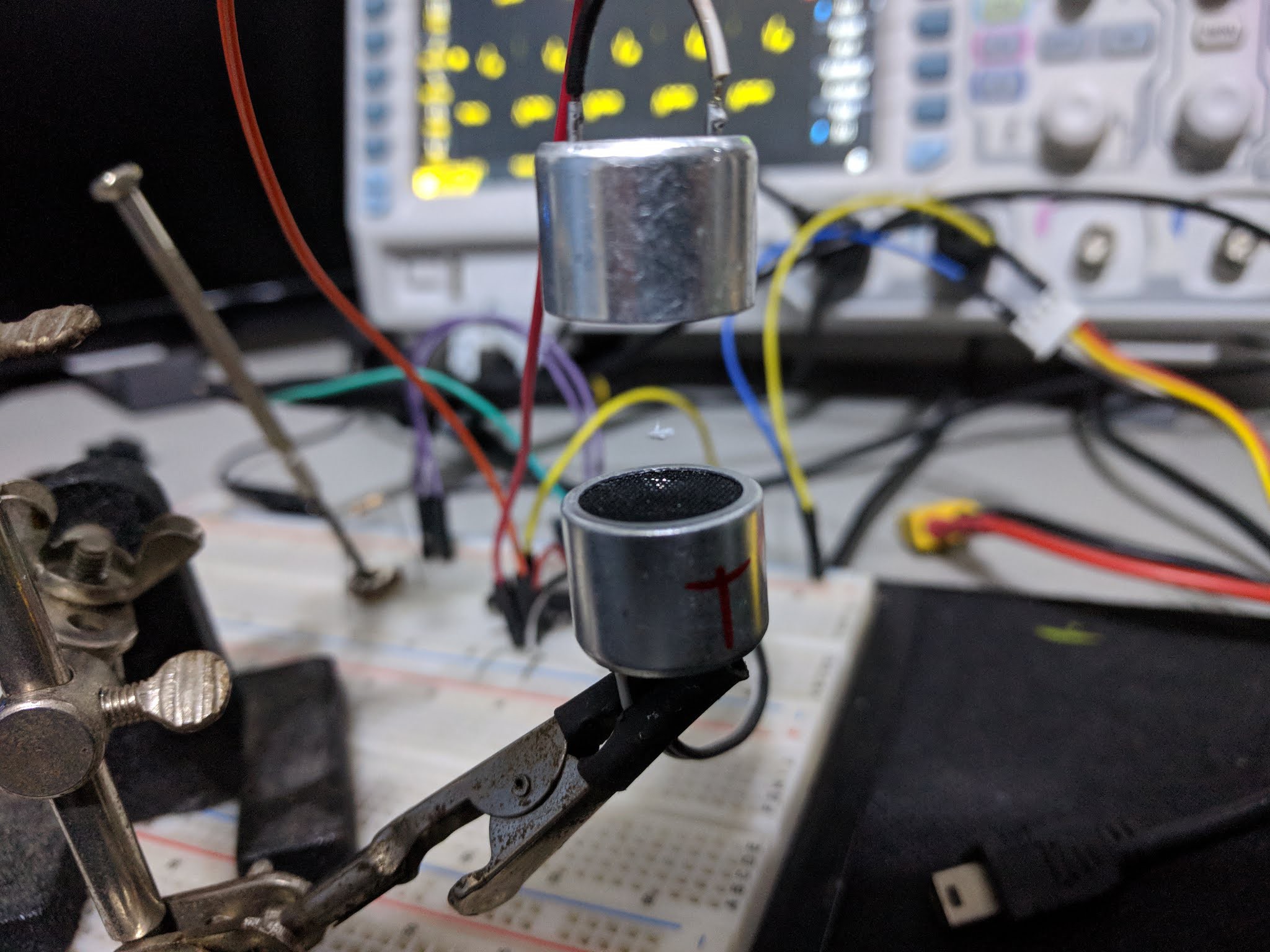
I just discovered the 555 contest has returned and I won't have time to build something too fancy, but I'll try my best in the few days I have.
 Kuro
Kuro